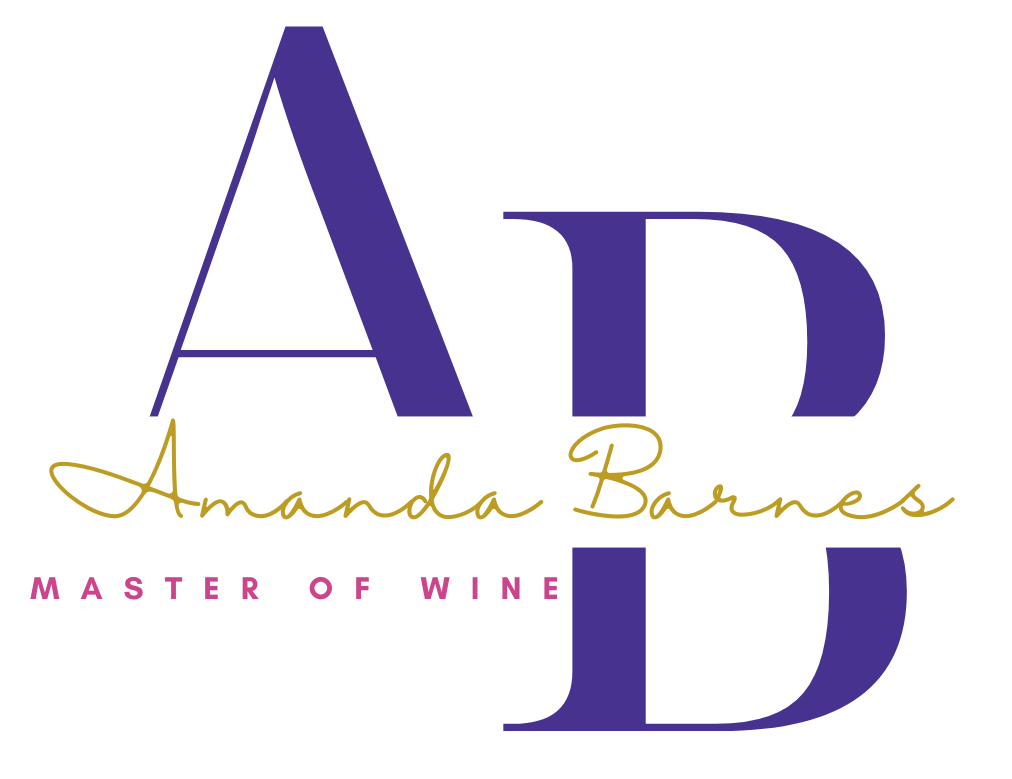Lunching in Mendoza’s wine country: Ruca Malen

Ever since moving to the sunny and pleasant land of Mendoza, my favorite pastime has been eating in wineries. Yes, the mountains are awe-inspiring, the sunny days permeate your skin to warm your soul and the people all flatter you till your knees melt; but for me, it’s all about lunch… Ruca Malen has been […]

